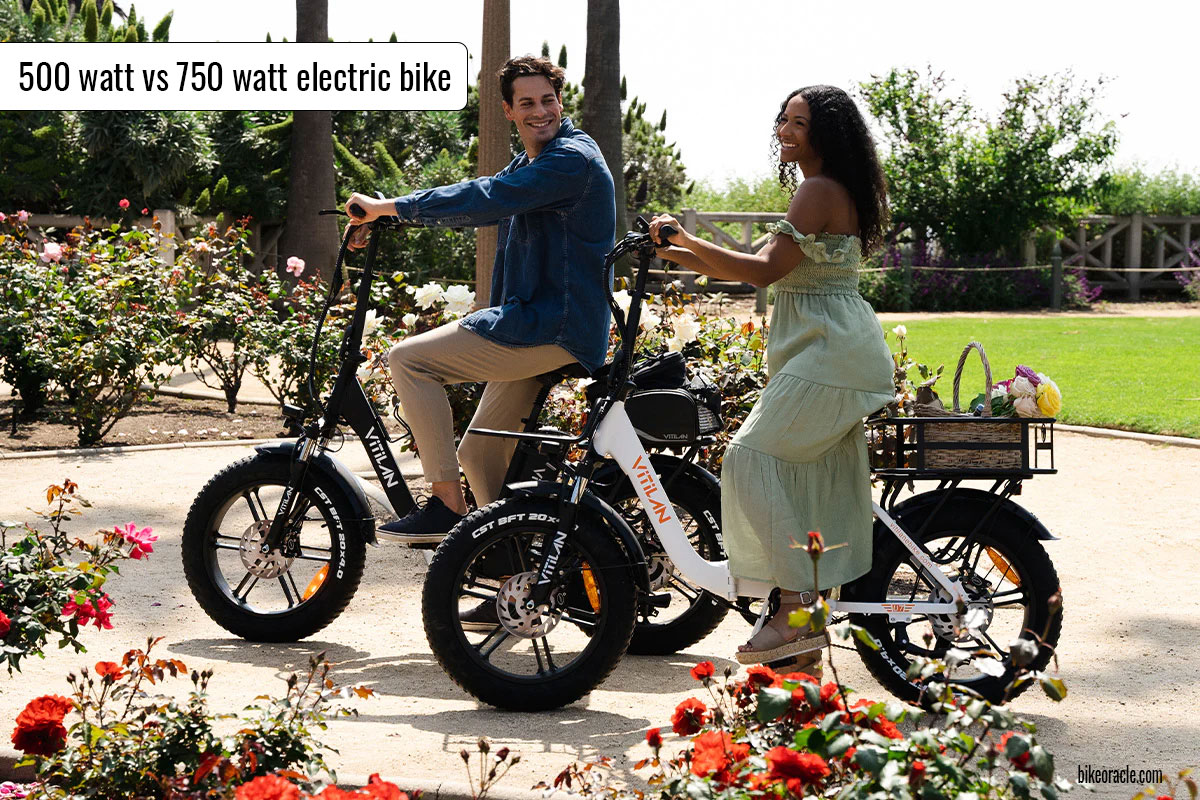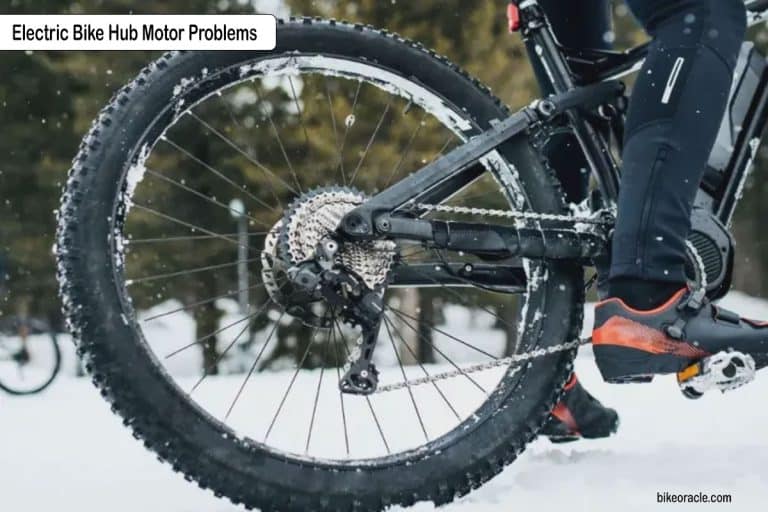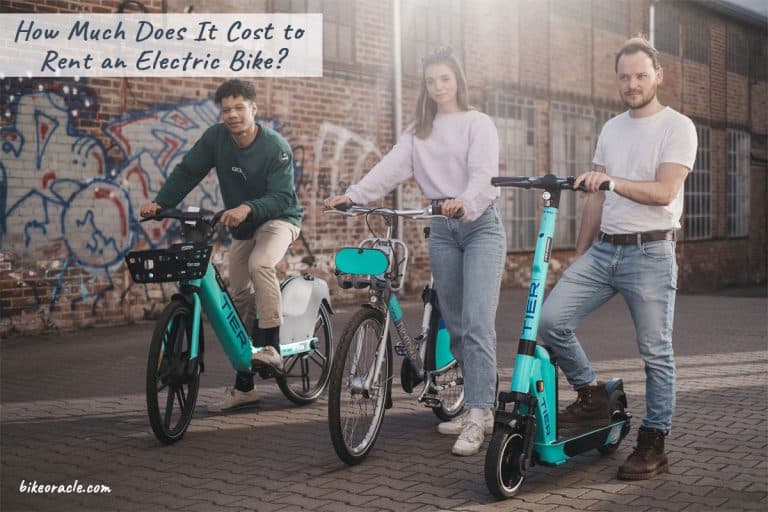500W vs 750W Electric Bike: Choosing the Right Power Level

In the realm of electric bicycles, the essence of power transcends mere speed; it embodies control, adaptability, and the very essence of your riding adventure. Picture this: you find yourself at a crossroads, pondering two captivating prospects – a 500W e-bike and a 750W e-bike. Each possesses its own unique charm, but which one aligns perfectly with your desires?
E-bikes materialize in an array of power levels, often distinguished by the wattage of their motors. Presently, we find ourselves ensnared in the captivating conundrum of selecting between two prevalent power tiers: the 500W e-bike and the 750W e-bike. While both pledge an electrifying journey, as they say, the devil resides in the details.
In this comprehensive guide, we embark on a thrilling odyssey into the domain of e-bikes, dissecting the disparities between these two power echelons and empowering you to make an enlightened choice.
Understanding Electric Bike Power Levels
A. Unpacking the Power
Before we dive into the specifics, let’s unravel the concept of e-bike power. Wattage, in the e-bike world, translates to motor power – the force that propels you forward when you twist the throttle or pedal. The power level of an e-bike motor significantly impacts its performance, from speed to climbing ability.
B. The Power Spectrum
E-bikes span a spectrum of power levels, with 250W, 500W, and 750W being some of the common options. While 250W e-bikes are popular in Europe for their compliance with local regulations, 500W and 750W e-bikes offer more robust performance capabilities.
The 500W Electric Bike: ANCHEER 500W Electric Mountain Bike
A. Motor Muscle: The Heart of the 500W E-Bike
The 500W e-bike, like a spirited stallion, boasts a motor that’s strong enough to propel you through various terrains. This power level is ideal for those looking for a blend of urban commuting and recreational rides. It offers ample speed and torque for most scenarios.
The motor in a 500W e-bike is akin to the heart of an athlete – strong, capable, but not overwhelming. It’s perfect for riders who want a reliable boost while pedaling or prefer a brisk cruise through city streets and scenic trails. This power level is also often chosen by those who want to balance exercise with electric assistance.
B. Terrain Compatibility
The 500W e-bike is your versatile companion, comfortable on paved city streets and more rugged off-road trails. It handles inclines with ease and conquers moderate hills effortlessly. For the average commuter and weekend adventurer, this power level offers a sweet spot between performance and range.
In an urban setting, the 500W e-bike swiftly navigates through traffic, making your daily commute a breeze. Its moderate power ensures you can weave through congested streets and tackle hills without breaking a sweat. On recreational rides, you’ll appreciate the smooth acceleration and the ability to conquer inclines without losing momentum.
Off-road enthusiasts will also find the 500W e-bike capable of handling moderately challenging trails. It provides enough power to assist in uphill climbs and navigate rough terrain. While it may not offer the raw power of a 750W e-bike for extreme off-roading, it’s an excellent all-rounder for adventurers who want to explore a variety of terrains.
C. The Battery Factor
While the 500W e-bike provides satisfactory power, it tends to be more conservative when it comes to battery consumption. Expect a decent range, making it suitable for daily commuting without frequent recharges. The battery capacity of 500W e-bikes is often optimized for a balance between power and distance.
D. The Pros and Cons
Pros:
- Versatile for both city and trail riding.
- Good balance of speed and battery life.
- Ideal for commuters and recreational riders.
Cons:
- May struggle on steep inclines or challenging trails.
- Limited top speed compared to higher-power e-bikes.
The 750W Electric Bike: Rattan 750W Electric Bike
A. Power Unleashed: The 750W E-Bike
Enter the 750W e-bike, a beast with a motor that’s ready to roar. If the 500W e-bike is the jack-of-all-trades, the 750W variant is the master of power. It’s designed for riders who crave exhilarating speed and the ability to conquer challenging terrains.
B. All-Terrain Dominance
The 750W e-bike thrives where others fear to tread. It’s built for off-road adventures, tackling steep hills, rocky paths, and uneven trails with enthusiasm. The extra power provides the torque needed for thrilling uphill rides and off-road escapades.
In terms of speed, the 750W e-bike shines, reaching top or maximum higher speeds than its 500W counterpart cycles.
C. Battery Considerations
The trade-off for this exhilarating power is slightly reduced battery efficiency. The 750W e-bike can drain the battery faster, especially when pushed to its limits. However, modern e-bike batteries are designed to provide a respectable range even at higher power levels.
D. The Pros and Cons
Pros:
- Exceptional power and speed for adrenaline junkies.
- Off-road capabilities and uphill prowess.
- Thrilling riding experience.
Cons:
- May be overkill for city commuting.
- Reduced battery life at higher power settings.
Legal and Regulatory Aspects
E-Bike Regulations
In the United States, for example, there are three classes of e-bikes:
- Class 1: Pedal-assist e-bikes with a maximum motor power of 750W and a top speed of 20 mph.
- Class 2: Throttle-controlled e-bikes with the same power and speed limits as Class 1.
- Class 3: Pedal-assist e-bikes with a maximum power of 750W but a higher top speed of 28 mph.
Knowing your local e-bike classifications and regulations will help you make an informed decision about which power level is legally allowed in your area.
Factors Influencing Your Decision
A. Personal Fitness and Riding Goals
Consider your fitness level and riding goals. Are you looking for an extra push during your daily commute, or do you dream of conquering challenging mountain trails?
If you’re new to cycling or want to use your e-bike for exercise, the 500W option may be more suitable. It provides assistance without overwhelming your own pedal power, allowing you to gradually build your fitness.
On the other hand, if you’re an experienced rider or seek a thrilling adventure, the 750W e-bike might be your ideal companion.
B. Intended Usage and Typical Riding Terrain
Think about where you’ll be riding most often. Are you a city dweller or a wilderness explorer? Your riding terrain greatly influences the ideal power level.
For city commuters and casual riders, a 500W e-bike offers the perfect balance of power and efficiency. It smoothly navigates urban streets and can handle occasional off-road detours.
If you’re an off-road enthusiast or plan to explore hilly and challenging terrains regularly, the 750W e-bike’s extra power and torque will be appreciated.
C. Range Requirements and Battery Considerations
Evaluate your need for long rides without frequent recharging. Your choice of power level impacts your e-bike’s range.
For daily commuters with moderate riding distances, a 500W e-bike generally provides enough range to cover your needs without requiring daily recharges. However, if you’re planning extended rides, especially off-road adventures, a 750W e-bike might be more suitable.
Additionally, consider battery capacity. Some e-bikes allow you to upgrade to larger batteries for extended range, regardless of the power level.
D. Budget Considerations and Cost of Ownership
Finally, consider your budget. While 750W e-bikes offer thrilling rides, they often come with a higher price tag due to their more powerful components. Factor in the cost of ownership, including maintenance and potential battery replacements, when making your decision.
Making an Informed Choice
A. Weighing the Advantages and Disadvantages
As you stand at this crossroads, it’s crucial to weigh the advantages and disadvantages of both power levels. Your choice should align with your riding style, terrain, and personal preferences.
The 500W e-bike is a versatile all-rounder suitable for a wide range of riders and terrains. It’s ideal for city commuting, recreational rides, and moderate off-road adventures. Plus, it offers a balance between power and battery life.
On the other hand, the 750W e-bike is for riders seeking exhilarating speed and off-road dominance. It excels on challenging trails, steep hills, and provides a thrilling riding experience. However, it may be overkill for city commuting, and its higher power consumption may require more frequent charging.
B. Consultation and Test Rides
Don’t hesitate to consult with e-bike experts and take test rides. Getting hands-on experience can provide invaluable insights into how each power level feels in action. You might discover that one of them resonates with your riding style more than the other.
C. Long-Term Considerations
Think about the long-term. How will your riding preferences evolve? Consider the durability and maintenance aspects of your chosen e-bike. Are you ready for the maintenance and battery replacement costs associated with a higher-power e-bike?
Frequently Asked Questions (FAQs)
Are 750W e-bikes legal?
The legality of 750W e-bikes is a nuanced dance, with rules varying by region. In the United States, they fall under Class 3 e-bikes, allowed but regulated by speed limits and designated routes. Always review local e-bike laws before choosing a 750W model.
How far can I ride on a single charge with a 500W e-bike?
Embarking on a journey with a 500W e-bike, you might wonder: how far can I venture on a solitary charge? In this grand production, the average range, that magical number, sways between 20 to 50 miles (32 to 80 kilometers) on a single charge.
Do 750W e-bikes require more maintenance?
Not necessarily. The maintenance requirements of an e-bike are influenced by factors such as build quality and usage. While a 750W e-bike may have more powerful components, it doesn’t inherently require more maintenance. Regular maintenance tasks, such as cleaning, tire checks, and brake adjustments, apply to both 500W and 750W e-bikes.
Is it possible to enhance the power of my e-bike post-purchase?
Upgrading the power of your e-bike’s motor is a potential option, although it can be a rather intricate and costly endeavor. Typically, this process involves replacing the motor and potentially other components like the battery and controller to ensure they’re compatible. Moreover, you should consider the legal and regulatory aspects, as the upgraded e-bike must adhere to local laws. It’s strongly recommended to seek advice from a seasoned e-bike technician before embarking on such an upgrade.
Do e-bikes exist with adaptable power levels?
Indeed, there are e-bikes available that feature adjustable power levels or multiple riding modes. These e-bikes grant you the flexibility to choose from various levels of electric assistance, effectively altering the motor’s power output. This feature can be quite advantageous if you wish to preserve battery life or have greater control over your riding experience.
How does power level affect e-bike weight?
High-power motors are like the heavyweight champs of e-bikes, larger and heavier. If you need a lightweight ride for easy transport, consider this power-weight connection.
Can a 750W e-bike be used for daily city commuting?
While a 750W e-bike is designed for off-road and more demanding riding conditions, it can certainly serve as a reliable choice for daily city commuting. However, it’s important to assess whether the increased power is necessary for your daily route. If your commute primarily involves steep hills or rough terrain, a 750W e-bike could be a wise selection.
What is the average lifespan of an e-bike battery?
The lifespan of an e-bike battery varies based on factors like quality, usage, and maintenance. Typically, they last 2 to 7 years or more. Good care, like avoiding overcharging and extreme temperatures, extends their life. Many manufacturers offer replacement batteries for even more longevity.
Are there any restrictions on where I can ride my e-bike based on its power level?
E-bike regulations often limit where higher-powered e-bikes can be ridden. In many places, they’re restricted on certain trails or paths. It’s vital to know local e-bike rules to stay within legal boundaries.
Conclusion
Within the ever-evolving realm of e-bikes, the choice between a 500W and a 750W e-bike becomes a reflection of your personal preferences and needs.
As you navigate this decision, consider the harmonious versatility of a 500W e-bike, like a well-conducted symphony, offering a balance that harmonizes with your daily rhythms. Alternatively, there’s the 750W model, a crescendo of power and excitement that surges through your veins like an electrifying anthem.
Whichever path you embark upon, remember this: the e-bike revolution is your ticket to an electrifying journey, promising adventures yet to be written, and a future of boundless possibilities.
Embrace the potential, chart new horizons, and savor every moment of your ride.



![How Fast Does a 500W Electric Bike Go? [Answered]](https://bikeoracle.com/wp-content/uploads/2023/10/How-Fast-Does-a-500W-Electric-Bike-Go-768x512.jpg)
![How Fast Can a 36V Electric Bike Go? [Answered]](https://bikeoracle.com/wp-content/uploads/2023/10/How-Fast-Can-a-36V-Electric-Bike-Go-768x512.jpg)

![Is Mongoose a Good Bike Brand? [Answered]](https://bikeoracle.com/wp-content/uploads/2023/09/Is-Mongoose-a-Good-Bike-Brand-768x512.jpg)
![How to Remove Speed Limiter on Electric Bike? [Answered]](https://bikeoracle.com/wp-content/uploads/2023/09/How-to-Remove-Speed-Limiter-on-Electric-Bike-768x512.jpg)